Features of Chinese cabbage and its cultivation
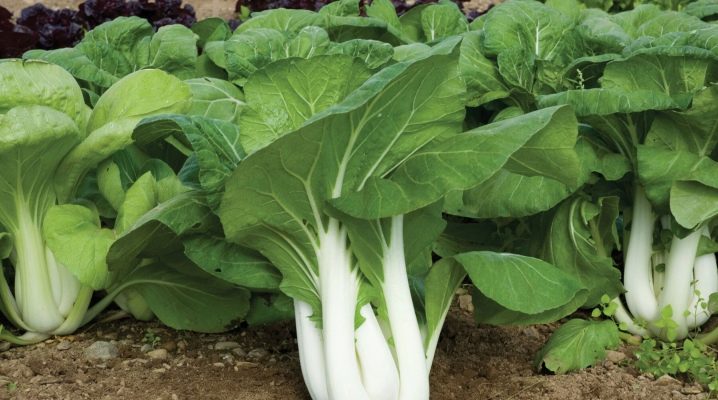
Almost everyone, one way or another, was added to the dishes instead of the usual Peking cabbage. Many people still confuse it with Chinese, but their appearance is very different. Similar to spinach, Chinese cabbage has a specific flavor. If earlier it was widespread in Asian countries, now many of its varieties are successfully grown all over the world. All about how to grow it, what nuances of care to take into account, and also about many other things this article will tell.
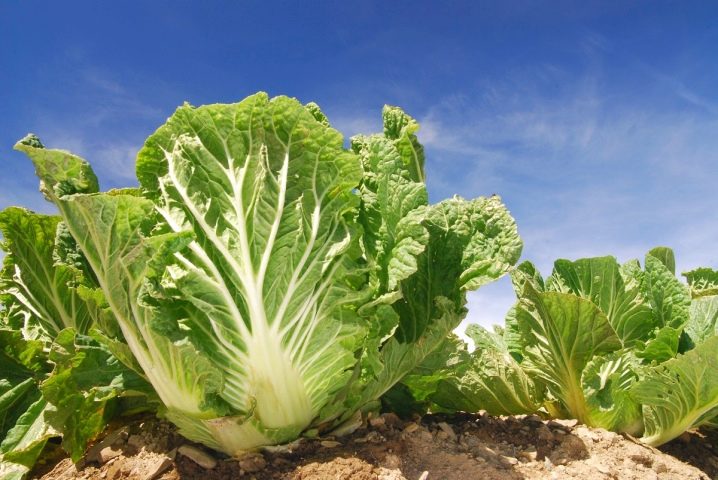
general description
Obviously, this type of cabbage is most popular in China, Japan and Korea. Chinese cabbage in these regions is called pak-choi, which means horse's ear. It is also called mustard cabbage. It looks more like a kind of greenery than a cabbage. But at one time, Karl Linnaeus classified it as a species of cabbage, while modern scientists consider it a turnip. In the domestic territory, it is often called celery cabbage..
As already mentioned, confusion often arises - Chinese cabbage and Chinese cabbage are considered the same vegetable. The first one is larger in size, forms a head of cabbage and looks like an elongated ordinary cabbage, to which we are accustomed. The color of Chinese cabbage is white-green, while that of Chinese cabbage is dark green, turning to white at the base.
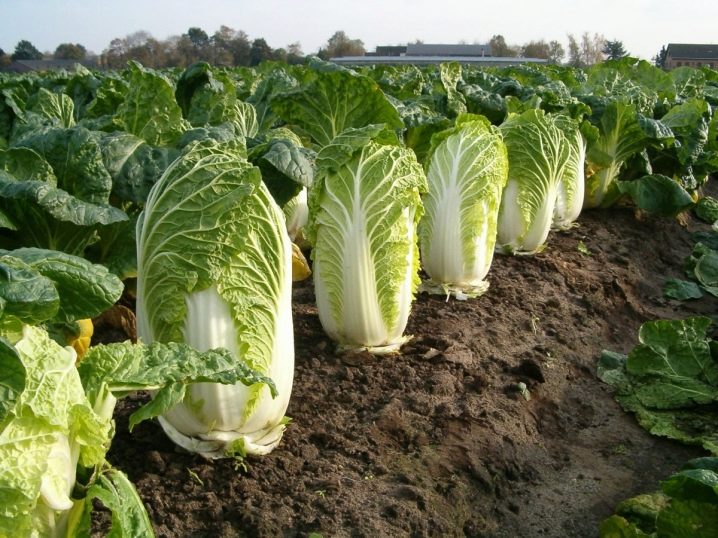
This kale usually looks like spinach - its leaves are just as tightly packed into a “bulb”. Typically, the diameter of the bulb can be up to 40 cm. The cabbage itself can grow from 20 to 50 cm in length. The weight of one cabbage ranges from 100 to 250 g.
In some varieties, the leaves may not be very densely collected, but be more spreading, have green, blue or white veins on the leaves. The presence of small "blisters" on the leaves or their smoothness also depends on the particular variety.
As a rule, the soft part of the leaves is used for food. In rare cases (mainly in Asian countries) they are used for food and roots. The leaves are soft and have a slightly bitter and tangy taste. Due to the fact that the leaves have a delicate structure, they do not need long processing - just a few minutes are enough for them to be ready. But they are used raw and in salads. Usually in Asia, the vegetable is an integral part of soups, side dishes, spices for sourdough, addition to meat dishes.
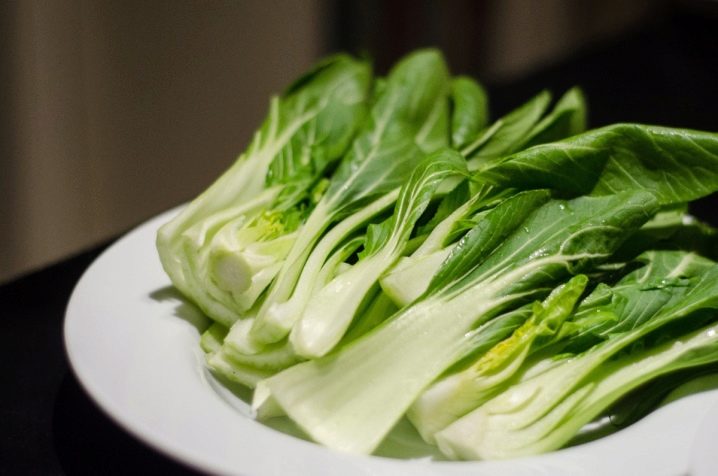
Contains a small amount of calories, it is recommended for use in the fight against excess weight, as well as for maintaining health. Regular consumption of cabbage improves immunity, reduces the deposition of adipose tissue, partially normalizes digestion and pressure. Recommended for use by pregnant women due to the content of folic acid, which reduces the risk of various abnormalities in the child. Due to the fact that cabbage leaves are soft, even the elderly and small children can eat them raw.
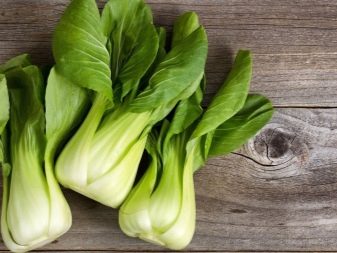

The best varieties
Chinese cabbage, which grows in different regions, has its own characteristics. The reason for this is quite commonplace - as a rule, those varieties that were bred by local breeders are grown in the country. Thus, the following varieties are grown on the domestic territory.
- One of the most popular types is Vesnyanka... The crop can be removed within about a month after planting. The average weight of one head of cabbage is 250 g.Leaves are bright green, smooth and slightly wavy at the edges. The species is resistant to many diseases, has good taste characteristics, and contains a lot of vitamin C.
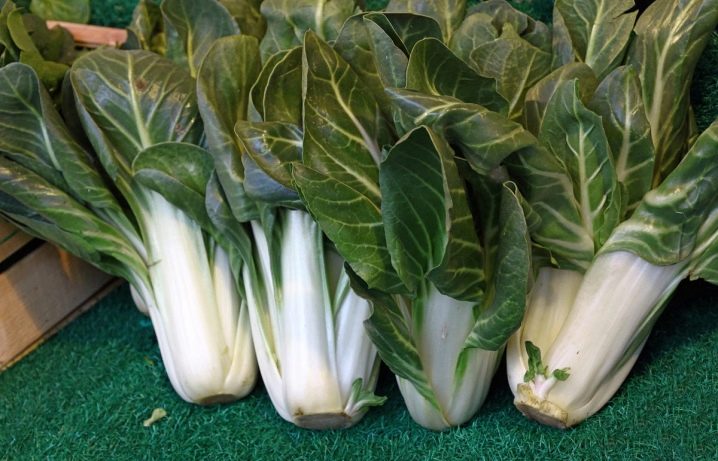
- If this is your first time going to grow Chinese cabbage, then it is best to choose a variety for this. Alyonushka - it is the most common in the domestic territory. The harvest ripens for about a month and a half, you can eat it fresh. Leaves are dark green, gray, almost round, with a smooth surface.
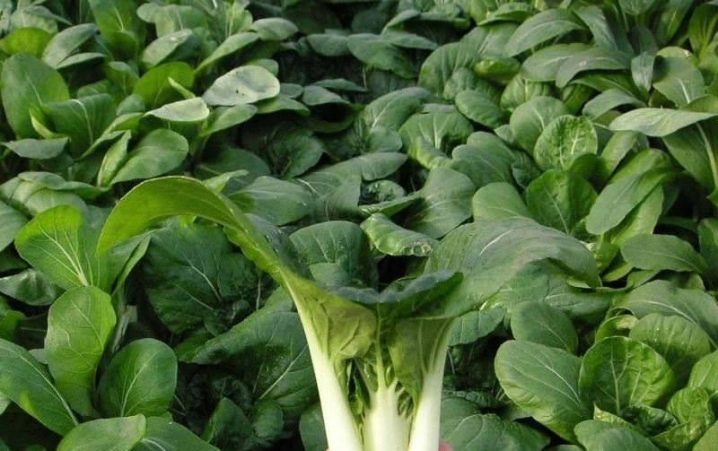
- Purple miracle is a relatively recently bred species. The peculiarity is the lilac-green color of the leaves. One such purple cabbage can weigh up to 0.5 kg.
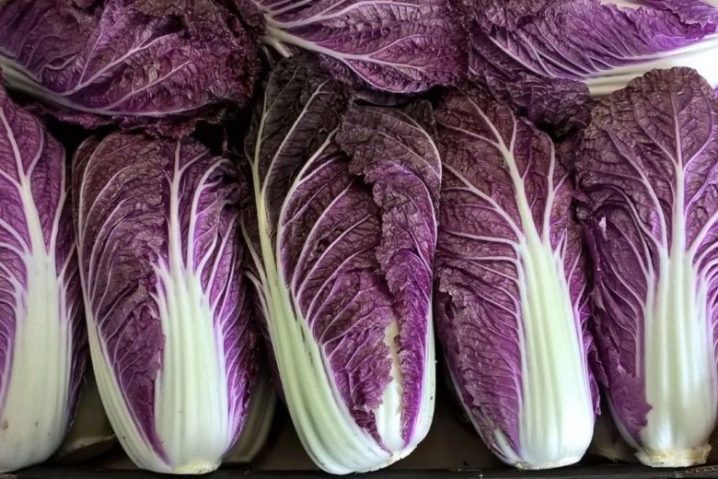
- Another relatively new species is a variety called Corolla... Characteristic features are low "growth" (no more than 20 cm) and a large head diameter (about 40 cm). The leaves are slightly wrinkled, green and at the same time even at the edges. A head of cabbage can weigh up to 1 kg.
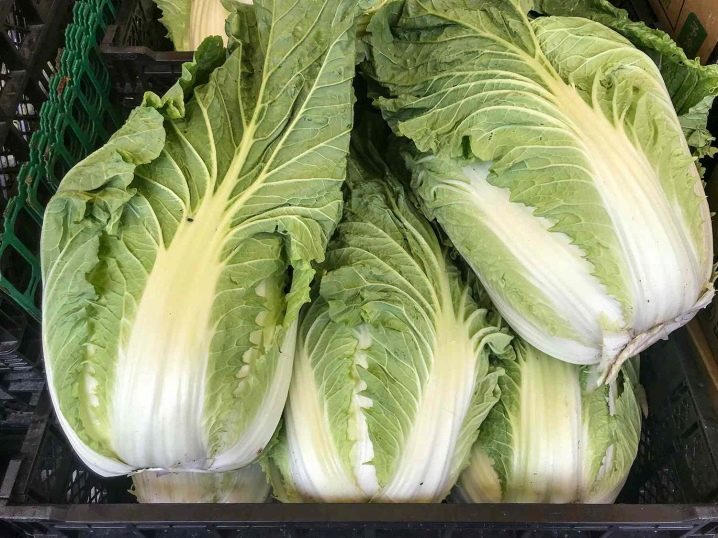
- Martin... It takes about a little more than a month to ripen. The leaves are green, smooth. Most of the head comes from the fleshy roots. It has good resistance to various diseases, the variety is rich in vitamin C. One specimen weighs from 1.5 to 3 kg.
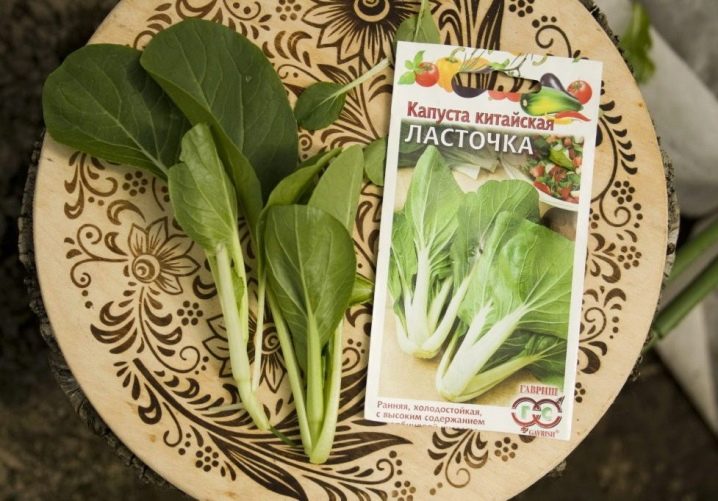
- Tatsoy... The leaves are green with a purple tint. They are dense, crunchy, wide, almost round. The rosette is relatively large (it can be up to 40 cm in diameter) and voluminous. The height of cabbage can reach 20 cm. The head of cabbage is practically absent. Often used in cooking and medicine. The leaves are high in vitamins C and A.

Landing
You can plant this plant on any part of the site. The only requirement is that the predecessors are not radish, radish, daikon or rutabaga... The acidity level of the soil should be neutral or, in extreme cases, slightly acidic.
As for the illumination, then the plant is not picky, although it does not grow very well in the scorching sun. Ideally, there should be light partial shade at the place of growth. During sunny and hot summers, the culture can get sunburn.
The soil at the planting site must be prepared in advance, even in the fall. It is necessary to dig up the soil and add humus there at the rate of 10-12 liters of solution per 1 sq. m. And also compost can be used instead of humus.
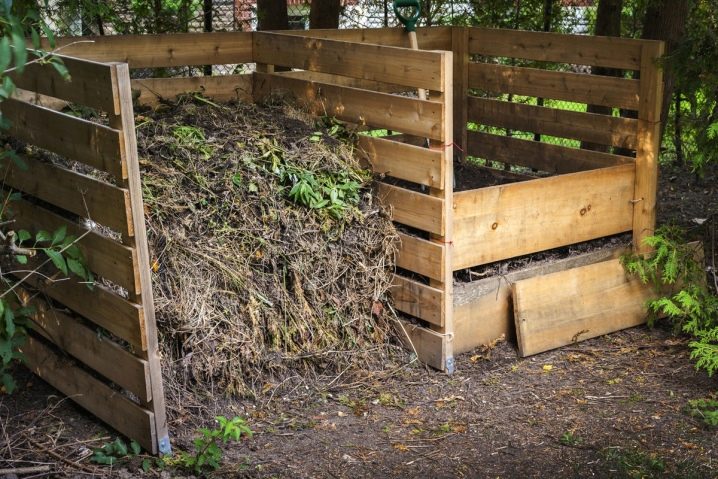
The soil should be loamy. The culture does not take root on a peat substrate.
Pretreatment of Chinese cabbage seeds is a must... Before planting, the seeds are soaked in any biostimulator (the most famous "Epin") for half a day, and then for another 15 minutes in a fungicide (for example, "Fitosporin"). Before the seeds are placed directly in the ground, they are kept in hot water (50 degrees) for 15 minutes, and then in cold water for 1 minute.
Seeds are planted by the end of March in small pots. The containers should be no more than 8 or 10 cm in diameter. You can fill them with a substrate purchased at the nearest flower shop. A little wood ash can be added to the substrate if desired. Sprouts appear quite quickly. After three weeks, the seedlings can already be transplanted into the soil. If the specimens at this moment do not have at least 4 or 5 leaves, then it is too early to transplant them.
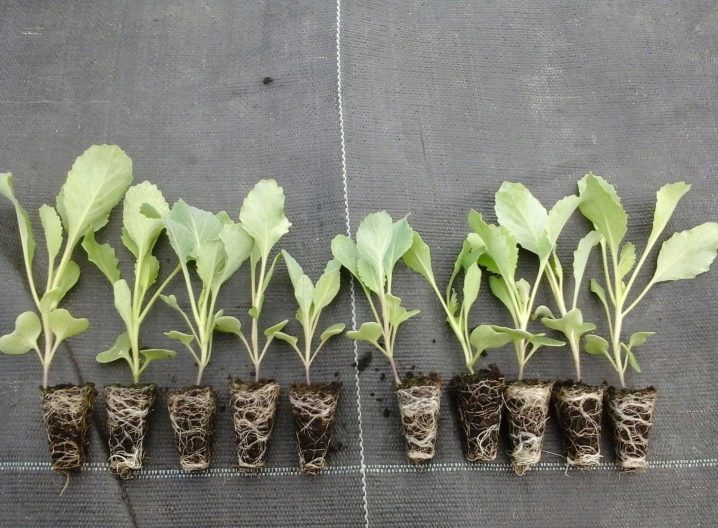
You need to plant sprouts not very deeply - only 2 or 3 cm deep. The planting scheme is quite simple - you need to place seedlings in a row at a distance of 40 cm from each other. Leave at least 40 cm of free space between the rows. The optimal period for planting in the soil is late spring - early summer.
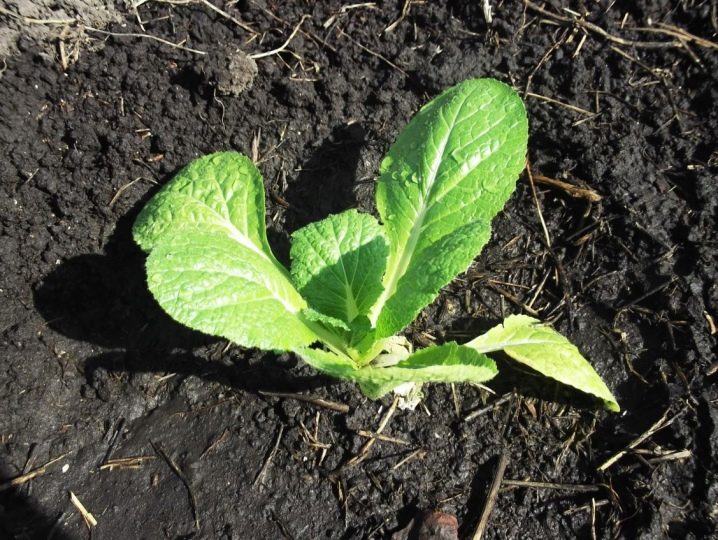
Care
In general, it is relatively easy to grow Chinese cabbage - the plant is quite unpretentious. You need to regularly remove weeds, loosen the beds and, of course, water.
The optimal fertilizer for Chinese cabbage is a solution of superphosphate and potassium nitrate (1 tablespoon per 1 bucket of water). Watering with a solution of wood ash in the same proportion is also allowed.Growing in the open field also involves the addition of dolomite flour or eggshells in powder form. It is enough to sprinkle them on the soil around the plants from time to time.
It is impossible to apply mineral fertilizers (in particular, nitrogen)... Because of them, cabbage will accumulate nitrates in the leaves and roots. It is enough to carry out three dressings for the entire life period of one batch of plants. The first application of fertilizers is carried out a week after planting in the ground, and the subsequent ones 10-12 days after the previous fertilization. Any biohumus can be purchased from ready-made fertilizers.
The root system of Chinese cabbage is small, extending no more than 15 cm in depth.
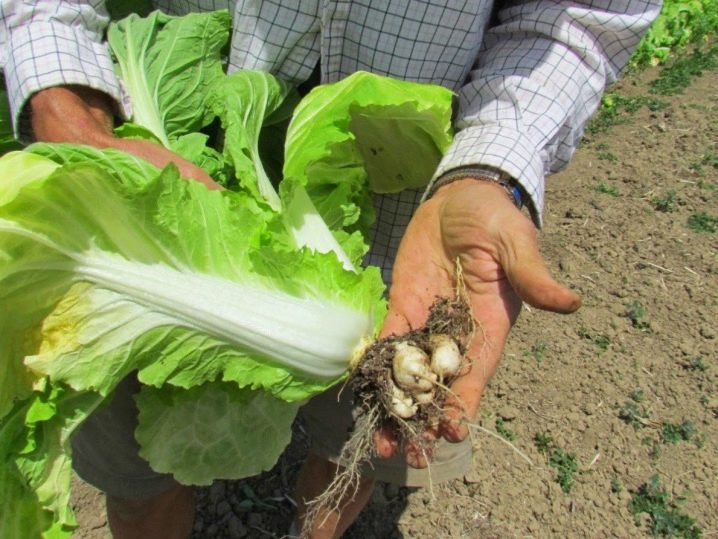
Therefore, watering with a large stream from a hose under the root is undesirable; light and accurate watering is best suited. In normal weather (no intense heat or frequent rains), watering is usually carried out every 3 days. Usually 1 sq. m of soil can take up to 20 liters of water. In conditions of abnormal heat, watering should be carried out daily.... And also during this period, you can mulch the plants - this will help retain moisture in the soil. Chinese cabbage grows poorly and in conditions of prolonged rains, it begins to rot. In order to prevent this from happening, you need to install arcs over the bed, and stretch covering material over the seedlings.
It is easier to grow Chinese cabbage at home. In this case, you do not need to cover the cabbage and water it so abundantly. The rest of the care remains the same.
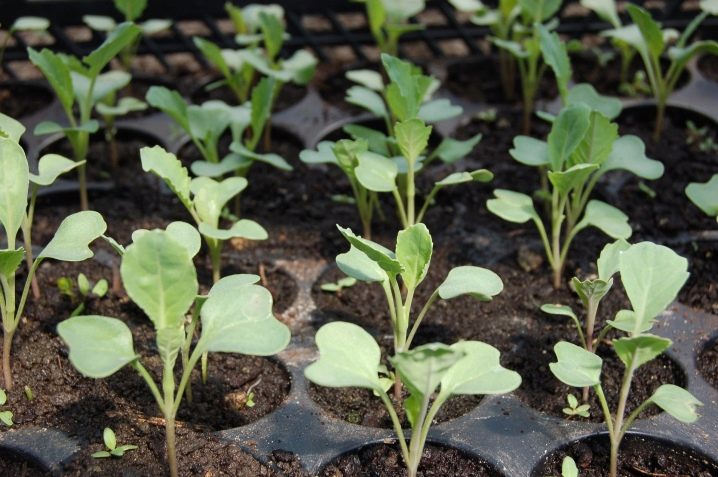
Diseases and pests
Most pests do not infect cabbage due to the fact that it contains a lot of essential oils. Nevertheless, cabbage will not be able to completely get rid of them on its own. And the largest pests are snails and slugs... They feed on cabbage leaves and petioles, and also leave a bloom on the leaves. The methods of dealing with them are quite simple - you first need to collect them manually, and put “obstacles” that will stop them. It can be spruce branches, salt, and much more. And you can also fight them with drugs, for example, "Slime Eater", "Meta".
Aphids can also be a problem for the plant. These are small transparent green insects that feed on sucking juices from leaves. As a result, the leaves become transparent - gaps are formed on them, and then holes. In order to get rid of them, you need to spray the cabbage with an infusion of strong-smelling herbs (garlic, onions).
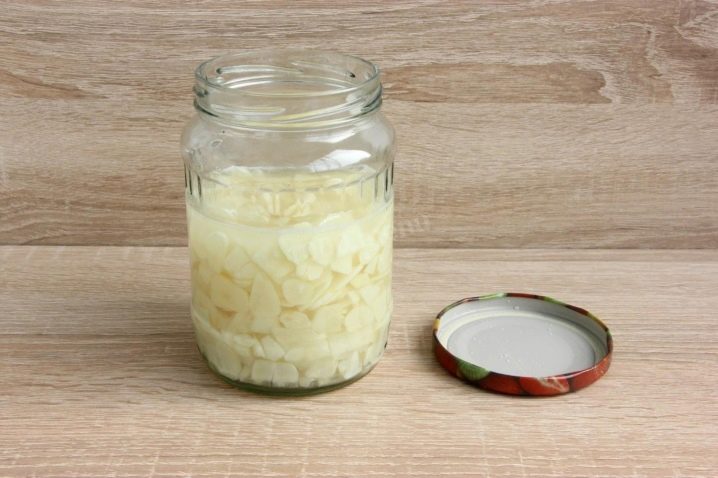
From store-bought drugs, the drug "Inta-Vir" was distinguished by its effectiveness.
If caterpillars have started up on the culture (they eat the leaves almost completely), then you can fight them in a simple folk way. To do this, you need to set up traps filled with a solution of water and sugar or honey. To prevent butterflies from laying eggs on the leaves, you need to cover the cabbage with a fine mesh. If the caterpillars are still wound up, then from store means in the fight against them you can use "Lepidocide", "Mospilan", "Tanrek".
Like all plants, Chinese cabbage can be sick with various fungal diseases. However, the short growing period, as well as pre-treatment of the seeds before planting, prevent the presence of such diseases in most cases.
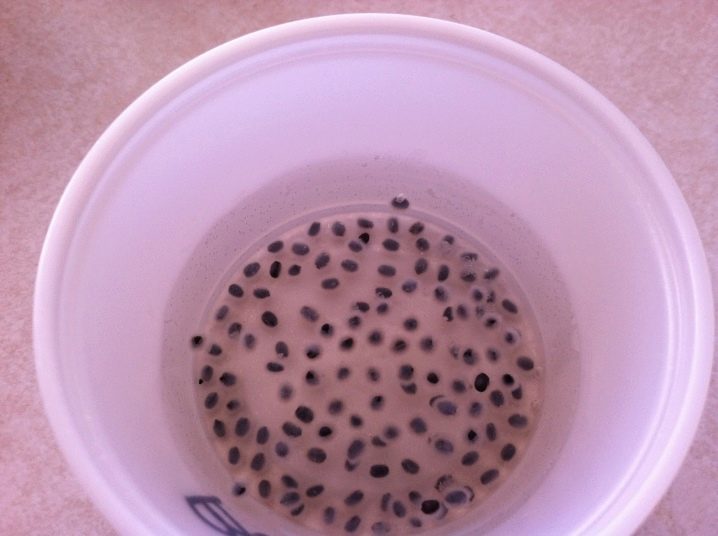
However, for the prevention of fungal diseases, it is recommended to water the culture with a solution of potassium permanganate once every 7 days.
In general, it is not recommended to process cabbage with potent agents; it is better to opt for folk methods. When treated with too aggressive drugs, some of the not very useful compounds will be absorbed into the cabbage. Sometimes it even immediately affects the taste. The ideal option for processing in this regard are fungicides of natural origin.
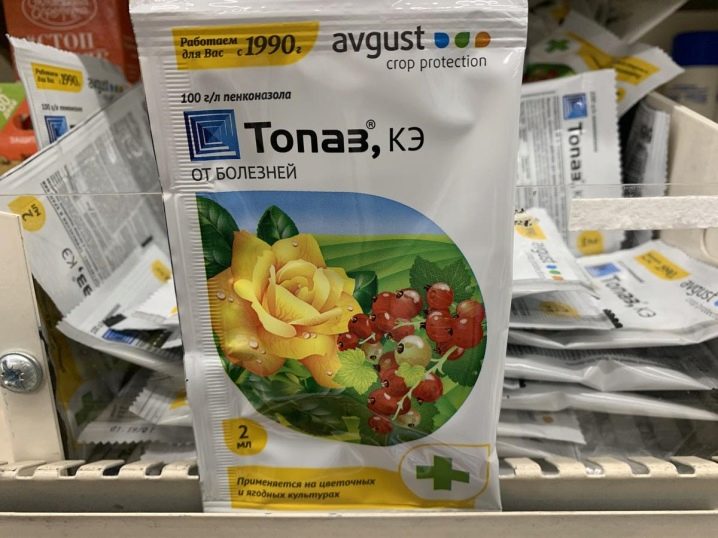
Harvesting and storage
If you can already count 10 full-fledged leaves or more in cabbage, then this means that the harvest time has already come.... After that, the already ripe leaves must be cut off separately.However, some people prefer to cut off the entire head at once. To do this, you need to wait until the moment when the cabbage grows to the mark of an adult plant. Information of this kind can be obtained from the instructions, from the seller of the seed, or you can find it yourself on the Internet. Care must be taken to ensure that the heads of cabbage are not overripe. Overripe leaves change their structure - they become too coarse.
Chinese cabbage does not last very long in the refrigerator. The maximum shelf life for fresh leaves is 7 to 10 days. In this case, they must necessarily be separated, separated from the root, washed, dried and placed in the lower part of the water. Then, if desired, they can be frozen, salted or pickled.
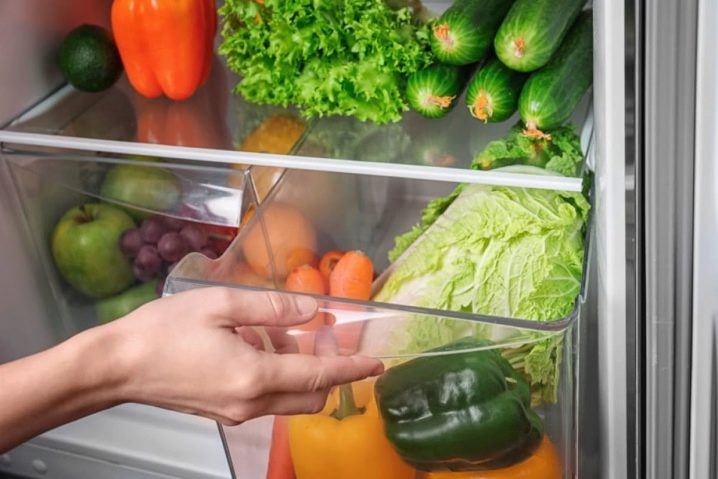













The comment was sent successfully.